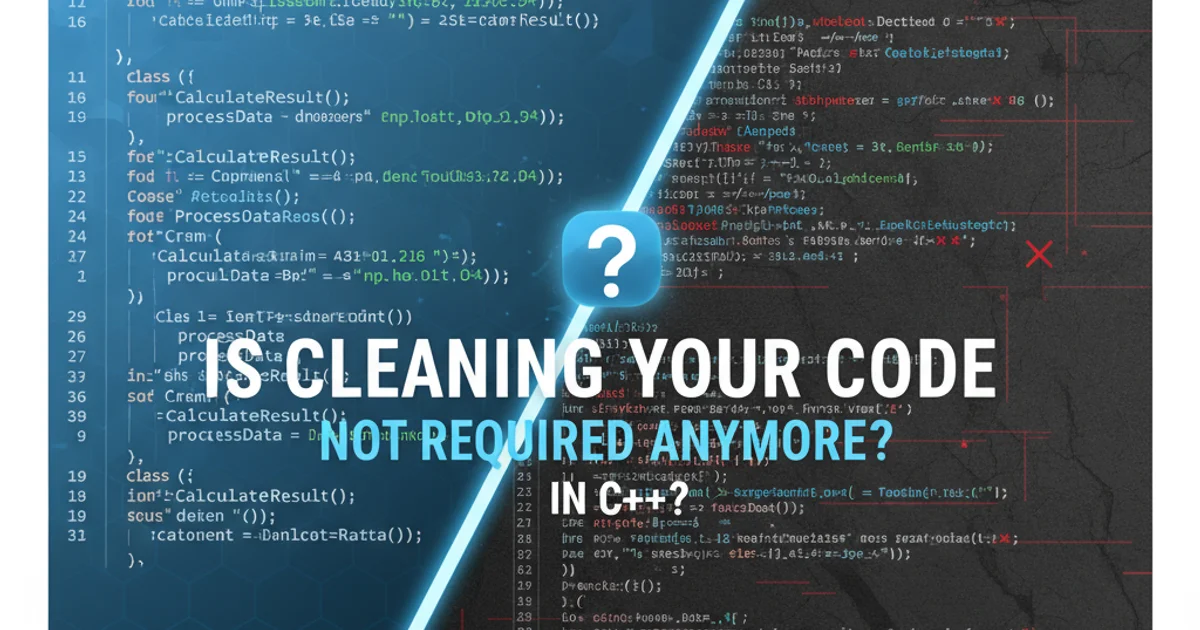character class in regular expression vs shorthand
Categories:
Character Classes vs. Shorthand Character Classes in Regular Expressions

Explore the nuances of character classes and shorthand character classes in regular expressions, understanding their syntax, usage, and when to choose one over the other for efficient pattern matching.
Regular expressions (regex) are powerful tools for pattern matching in strings. At their core, they rely on defining sets of characters to match. Two fundamental concepts for this are character classes and shorthand character classes. While both serve to match specific types of characters, they differ in their expressiveness, conciseness, and common use cases. Understanding these differences is crucial for writing effective and readable regular expressions.
Understanding Character Classes [...]
A character class, denoted by square brackets [...], allows you to define a custom set of characters that you want to match at a specific position in the string. Any single character within the brackets will satisfy the match. This provides fine-grained control over the characters you're looking for. You can list individual characters, or specify ranges using a hyphen -.
// Matches 'a', 'b', or 'c'
const pattern1 = /[abc]/;
console.log(pattern1.test('apple')); // true
console.log(pattern1.test('banana')); // true
console.log(pattern1.test('cat')); // true
console.log(pattern1.test('dog')); // false
// Matches any lowercase letter from 'a' to 'z'
const pattern2 = /[a-z]/;
console.log(pattern2.test('hello')); // true
console.log(pattern2.test('123')); // false
// Matches any digit or uppercase letter
const pattern3 = /[0-9A-Z]/;
console.log(pattern3.test('5')); // true
console.log(pattern3.test('X')); // true
console.log(pattern3.test('a')); // false
Examples of basic character classes in JavaScript regex.
. * + ?) lose their special meaning and are treated as literal characters. The hyphen - is special only when used to define a range (e.g., a-z). To match a literal hyphen, place it at the beginning or end of the class, or escape it (e.g., [-abc] or [abc-] or [a\-bc]).Understanding Shorthand Character Classes
Shorthand character classes are pre-defined character classes that represent common sets of characters. They offer a more concise and readable way to express frequently used patterns, saving you from typing out lengthy character ranges. Each shorthand character class also has an uppercase counterpart that matches the negation of the set.
flowchart TD
subgraph Shorthand Character Classes
A["\d: Digits [0-9]"] --> B["\D: Non-digits [^0-9]"]
C["\w: Word characters [a-zA-Z0-9_]"] --> D["\W: Non-word characters [^a-zA-Z0-9_]"]
E["\s: Whitespace characters [ \t\n\r\f\v]"] --> F["\S: Non-whitespace characters [^ \t\n\r\f\v]"]
endCommon shorthand character classes and their negations.
// Matches any digit
const digitPattern = /\d/;
console.log(digitPattern.test('123')); // true
console.log(digitPattern.test('abc')); // false
// Matches any non-digit
const nonDigitPattern = /\D/;
console.log(nonDigitPattern.test('abc')); // true
console.log(nonDigitPattern.test('123')); // false
// Matches any word character (letters, numbers, underscore)
const wordPattern = /\w/;
console.log(wordPattern.test('hello_world123')); // true
console.log(wordPattern.test('!@#')); // false
// Matches any whitespace character
const whitespacePattern = /\s/;
console.log(whitespacePattern.test(' ')); // true
console.log(whitespacePattern.test('\t')); // true
console.log(whitespacePattern.test('hello')); // false
Examples of shorthand character classes in action.
When to Use Which?
The choice between a custom character class [...] and a shorthand character class depends on the specific pattern you need to match and the desired readability of your regex.
Use Character Classes [...] when:
- You need to match a very specific, custom set of characters that doesn't fit a shorthand (e.g.,
[aeiou]for vowels,[.,;!?]for punctuation). - You need to match a range of characters that isn't covered by shorthands (e.g.,
[A-F]for hexadecimal letters). - You want to explicitly list characters for clarity, even if a shorthand might partially cover it.
Use Shorthand Character Classes when:
- You need to match common character types like digits, word characters, or whitespace.
- You want to make your regex more concise and easier to read for standard patterns.
- You need to match the negation of these common character types (e.g.,
\Dfor non-digits).
Often, you'll combine both in a single regular expression to achieve complex matching requirements.
// Matching a phone number format (e.g., 123-456-7890)
const phonePattern = /^\d{3}-\d{3}-\d{4}$/;
console.log(phonePattern.test('123-456-7890')); // true
console.log(phonePattern.test('abc-def-ghij')); // false
// Matching a hexadecimal color code (e.g., #A3B4C5)
const hexColorPattern = /^#[0-9A-Fa-f]{6}$/;
console.log(hexColorPattern.test('#A3B4C5')); // true
console.log(hexColorPattern.test('#12345G')); // false
// Matching a username that can contain letters, numbers, underscores, and hyphens
const usernamePattern = /^[\w-]{3,16}$/;
console.log(usernamePattern.test('user_name-123')); // true
console.log(usernamePattern.test('user name')); // false
Combining character classes and shorthands for practical patterns.
. (dot) matches any character except newline by default, it's not considered a character class or shorthand. It's a special metacharacter. For matching any character including newlines, you often need to use the s (dotAll) flag with . or explicitly use [\s\S].